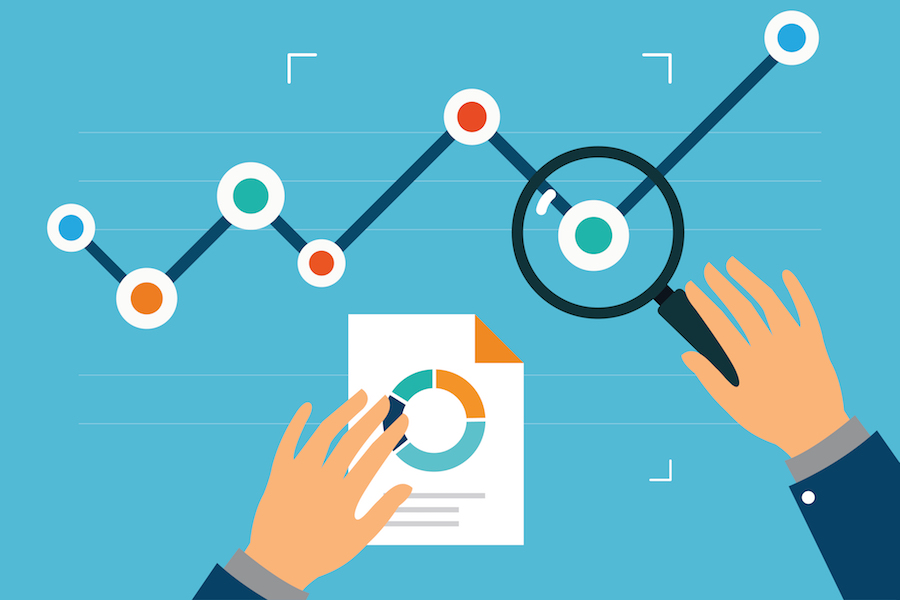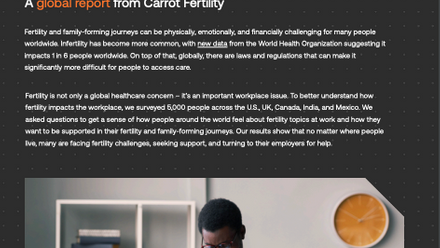How to use medical dashboard reports to create a cost-effective global health programme

In the healthcare environment, the type and sheer volume of data available for analysis can seem overwhelming. Well-designed Medical claims reports can offer the kind of focused and concise information that benefit managers need in order to make important decisions about terms and conditions of private group cover, and overall risk management through the implementation of supportive, supplemental health programs (e.g. programs focused on addressing pervasive illnesses and other chronic or high-cost conditions). Being able to make these decisions with a clear perspective on trends and cost drivers is critical to successfully managing the evolving health and financial wellbeing of staff and the organisation as a whole.
Medical Dashboard Reports – the advantage
Many insurers and intermediaries provide benefit managers with claims reports that only show a surface level of information in a static format. These reports typically provide only a high-level view of key performance metrics (claims, claimants, key diagnostic categories), without the necessary drill-down detail enabling further insight into the root cause of costs within a group.
In contrast, Medical Dashboard Reports are more dynamic in their presentation of data, providing a highly visual, interactive format, allowing the user to drive the data mining experience and go deeper into metrics of interest to better understand the factors behind claims trends.
Ideally, Medical Dashboard Reports should allow users to access increasing levels of detail behind claims spending, with information organised at the group level, the country level, then by claims/claimants, high cost claims, benefit type, diagnostic category and medical provider. Each data subset should then contain multiple layers of detail beneath the top line metrics to allow benefit managers to pinpoint utilisation and spending drivers which in turn will help the user make more informed and pinpointed decisions about their populations and coverage terms by market. With a comprehensive data set, benefit managers can make informed decisions regarding plan design, benefit limits, eligibility provisions, HR policy and necessary wellness or disease management initiatives that may require future focus or investment.
Medical Dashboard Reports – Summary of key features
- Anonymised, comprehensive data and a data collection process that responds to legal/privacy sensitivities by market/jurisdiction;
- Local/global overview of healthcare claims and utilisation experience to reveal insights on: paid claims, membership data, per claim and per claimant KPIs, large claims and high claimants, benefit categories, diagnostic categories;
- Year over year changes, with clear indications on root causes e.g. more patients (incidence), more services per patient (frequency) or higher costs per service (unit cost);
- Embedded benchmark data by country for comparative purposes (i.e. “is my company’s experience normal?”);
- Detailed local country medical claims information in an online, tabular, and highly interactive format;
Please note: not all Dashboard reports are “created equal”, an assessment is required to ensure the quality of the reports provided. Some suggestions:
- Assess and test report features and tools to confirm report quality;
- Ensure that the data aggregator and report generator have sufficient experience in-country to provide the required data set, functionality, and comply with local regulations and data privacy requirements.
The value of data - from theory to practical application
In the employee benefits industry, data is most valuable when we are able to derive findings that help influence real-world decisions and make a positive impact on a plan’s financial performance and overall patient health.
As an example of how data can be applied in the risk management process, the Medical Dashboard Reports for one large client of Generali Employee Benefits (GEB) revealed an unusually high volume of claims for respiratory illnesses in one Asian country, representing >38 per cent of the total claims spend. This rate of spending for respiratory care was higher than for any other client in the market. Analysis revealed that the claims were overwhelmingly related to a high incidence of outpatient services to treat the common cold.
Working with the client’s local HR team, we identified an internal HR policy that required a doctor’s note for even one day’s absence. This suggested that all employees, regardless of their condition, were being required to a visit a doctor to obtain a sick note on the first day of absence even though there is little a doctor can do to treat the common cold. GEB recommended the client consider an HR policy change, an aggressive campaign to help educate employees on how to avoid colds and the flu (and how to administer self-care at home if they became ill) and the identification of alternative means of securing medical clearance (i.e. telemedicine). Additional recommendations included: an assessment of in-office air quality; routine changing of air filters; improved sterilisation procedures for all office surfaces; implementation of a smoking cessation campaign; and implementation of onsite medical kiosks and telemedicine services to reduce demand for outpatient consultations.
By using data to drive insight and inform decisions, benefit managers and their insurers can work in cooperation to develop cost effective and supportive health programs for global staff. Data and the interpretation of that data through Medical Dashboards Reports form a crucial part of this equation.
The author is Eric Butler, director of global medical at Generali Employee Benefits.
This article is provided by Generali UK branch.
In partnership with Generali UK Branch
Generali UK provides insurance solutions to the UK employees of multinational clients.







